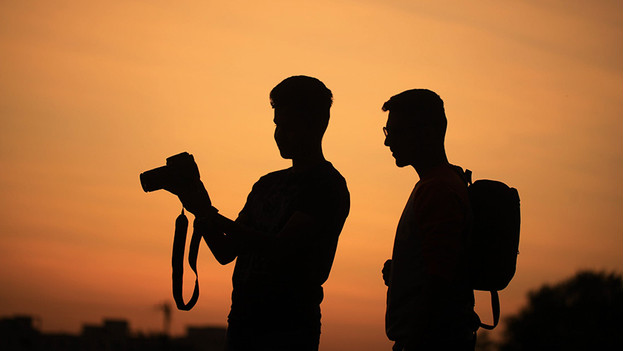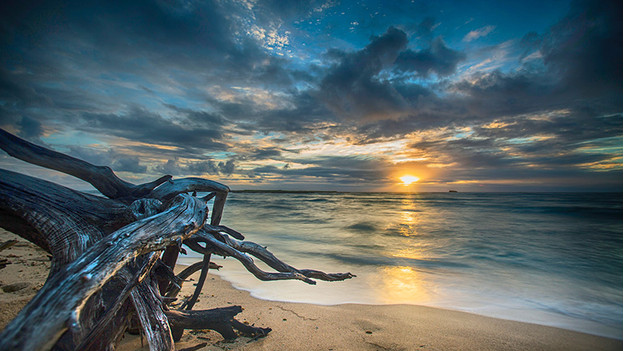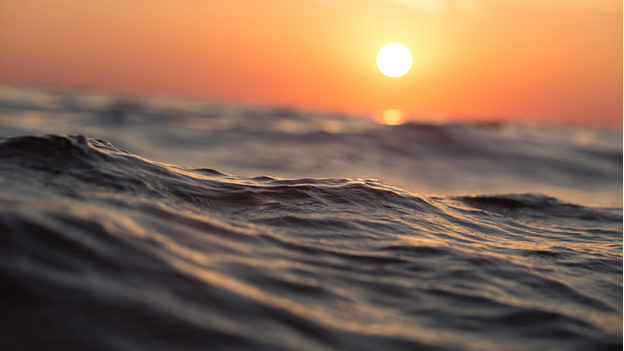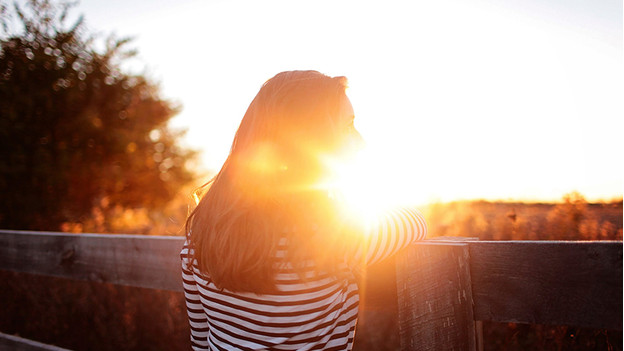
How do you photograph the sunrise and sunset?
Tip 1: make sure you're on time

A good photo of the sunset or sunrise is all about timing. Find out at what time the sun rises or sets exactly and be ready with your camera. Want to photograph the show from a specific location? Make sure you're there half an hour early to explore the location. And don't leave right after the sun sets. You'll often see beautiful colors on the horizon after that.
Tip 2: use the cloud cover

You don't have to worry about clouds when you're going to photograph the sunrise or sunset. Only if there's a thick layer of clouds blocking the sun, it'll be difficult to take a good photo. But if you can still see the sun, you can use the clouds to your advantage. The white color of the clouds reflects the colors of the rising or setting sun. And as a result, you'll see many different colors in the sky and can take an even more beautiful photo.
Tip 3: look for water

A sunrise or sunset is most beautiful around water. You can usually see very far over water. And you'll get the best view of the gorgeous orange sun. Depending on where in the world you take the photo, you can completely see the sun rise or set from the coastline. In addition, the water reflection provides mesmerizing colors. But you don't have to go to the coastline for that, a river or canal will do just fine.
Tip 4: create an interesting composition

Though the sun is the main subject of your photo, a good composition makes the photo even more interesting. Choose an object or subject for the foreground. Take photos of the sunset or sunrise from behind a fence or a tree, for example. A person looking at the sun is a great subject as well. With a clear foreground, you add depth to your photo and attract even more attention to the sun. In addition, the dark silhouettes in your photo add something special to it.
Tip 5: try to adjust the lighting

Are you already familiar with adjusting the lighting in your photo? Try to use those techniques when photographing the sun as well. Because you photograph against the sun, your photo gets overexposed quickly. You can solve this problem with a neutral density filter. If you don't have that accessory, you can adjust the ISO, the shutter speed, or the aperture. If you're unable to do that, use the flash to add lighting to the surroundings.


